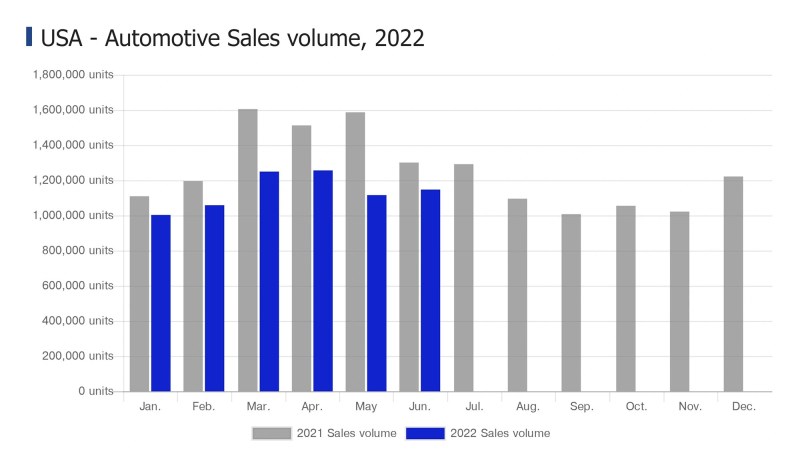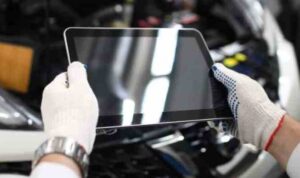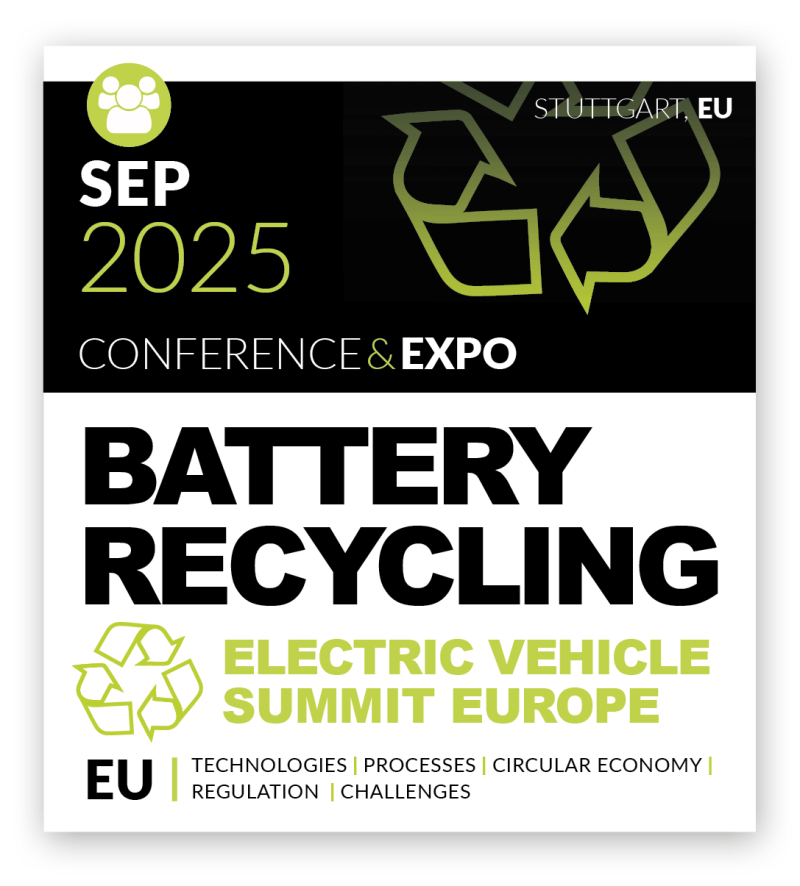Emerging Car Maintenance Trends – Technology-driven trends will change how industry players respond to changing consumer behavior, developing partnerships and innovation.
Since this article was first published, he has continued to research the topics it covers. Read on for a summary of our latest insights.
Emerging Car Maintenance Trends

The auto industry is at a turning point. Major new market trends are on the horizon: First, the future of the industry is clearly electric, despite some recent sales declines in the region. Sixty-two percent of respondents to the latest Mobility Consumer Pulse survey said they are starting to change their travel habits for sustainability reasons, and 42 percent said they want their next car to be be an electric vehicle (EV).
Mobility Technology Trends Shaping The Industry
Across Europe, more than 65 percent of new cars sold are expected to be fully electric by 2030. China is also a leader in this field. By 2023, one in four cars in China will be an EV. And China’s EV manufacturers are poised to take advantage of the global opportunities afforded by a high-quality, affordable product.
Challenges remain. Advances in autonomous driving have been balanced by setbacks. While some players exited the markets, others continued to use the technology. Robot taxis and robo-shuttles—autonomous shared vehicles—are expected to proliferate in the next one to two years. Another question is how the auto insurance landscape will adapt to the changing reality of shared mobility and autonomous cars. Finally, a steady supply of lithium-ion batteries is needed to support the growing demand for EVs. Battery manufacturers must improve supply chains, effectively implement large-scale industrialization, and commit to extensive decarbonization.
To compete in this rapidly changing environment, new business development must be in the top five agendas of automotive executives. Our research shows that more than 45 percent of companies that focus on new business outperform the market, compared to only 30 percent that do not prioritize new business. By committing to new businesses, incumbents are in a race with more startups invading the mobility space. It’s not an easy race to win, but incumbents have some advantages, including years of experience, cash reserves and an existing customer base.
Today’s economy is changing dramatically, driven by developments in emerging markets, rapid development of new technologies, sustainability policies and changing consumer preferences for to own. Digitization, increasing automation and new business models are changing other industries, and the automotive industry is no exception. These forces create four disruptive, technology-driven automotive industries: multi-mobility, autonomous driving, electrification and connectivity.
Consumers Are Fixing Their Existing Cars
Most industry players and experts agree that these four trends reinforce and accelerate each other and that the automotive industry is ripe. Given the widespread understanding that game-changing disruption is imminent, there is still no unified vision of what the industry will look like 10 to 15 years from now as a result of these trends. To this end, our eight key perspectives on the 2030 automotive revolution aim to provide scenarios of expected changes and how they will affect traditional vehicle manufacturers and suppliers, potential new- entrants, regulators, consumers, markets and the automotive value chain.
The purpose of this study is to make future changes more tangible. Therefore, the projections should be interpreted as a projection of the most likely assumptions of all four trends based on our current understanding. They are certainly not deterministic in nature, but should help industry participants better prepare for uncertainty when discussing possible future states.
1. Through shared mobility, connectivity services, and feature innovations, new business models will increase total automotive revenue by about 30 percent, to $1.5 trillion.

The automotive revenue pool will grow and diversify significantly with the creation of on-demand and data-driven mobility services. This could generate up to $1.5 trillion, or 30 percent more in additional revenue potential by 2030, compared to an estimated $5.2 trillion from traditional auto sales and aftermarket products/services, a 50 percent increase increase from $3.5 trillion in 2015 (1
Tech Platforms To Propel India Car Services, Repair Market To $25 Bn By 2030: Report, Et Auto
Connectivity, and later autonomous technology, will increasingly allow the car to become a platform for drivers and passengers to use their travel time to use new media and services, or spend time given to other personal activities. As the speed of innovation increases, especially in software-based systems, cars need to be upgraded. As shared mobility solutions with a shorter life cycle become more common, consumers are constantly aware of technological advances, which increases the need for upgrades for privately used ones. cars too.
2. Despite the transition to shared mobility, sales of car units will continue to grow, but probably at a slower rate of about 2 percent per year.
Total global vehicle sales will continue to grow, but annual growth is expected to slow from 3.6 percent in the past five years to about 2 percent in 2030. This decline is particularly driven by macroeconomic factors and the development of new mobility services. such as car sharing and email messaging.
Detailed analysis shows that dense areas with a large, strong vehicle base are fertile ground for these new mobility services, and many cities and suburbs in Europe and North America are fits this profile. New mobility services may lead to a decline in private car sales, but this decline is likely to be offset by increased sales of shared vehicles, which require more frequent replacements due to higher use and associated damage.
Should You Repair Your Car Or Replace It?
The remaining driver of global car sales growth is overall positive macroeconomic development, including the rise of the global consumer middle class. However, while growth in established markets is slow, growth will continue to depend on emerging economies, especially China, while differences in product mix will explain the different growth. of income.
3. Consumer mobility habits are changing, with the result that up to one in ten cars sold in 2030 is likely to be a shared car, and the market for suitable mobility solutions will grow .
Changing consumer preferences, tighter regulation, and technological advances have combined to create fundamental changes in individual mobility behavior. Individuals increasingly use multiple modes of transportation to complete their journey; goods and services are delivered to consumers, not taken away. As a result, the traditional car sales business model will be supplemented by various on-demand mobility solutions, especially in dense urban environments that actively discourage the use of private cars.

Today’s consumers use their cars as all-purpose vehicles, whether they’re commuting alone or taking the whole family to the beach. In the future, they may want the flexibility to choose the best solution for a specific purpose on demand and through smartphones. We are already seeing early signs that private cars are on the decline: for example, in the United States, the proportion of young people (16-24) holding a driver’s license has dropped from 76 percent in 2000 to 71 percent. in 2013, while cars the number of carpool members in North America and Germany has grown by more than 30 percent annually in the past five years.
Highlights Of The Automotive Trends Report
The new habit of consumers to use customized solutions will lead to new features of special cars designed for specific needs. For example, the market for vehicles specifically designed for e-reporting services, i.e. vehicles designed for heavy duty, durability, increased mileage and passenger comfort, is already in the millions. now, and that’s just the beginning.
As a result of this shift to different mobility solutions, up to one in ten new cars sold in 2030 will likely be a shared car, which could reduce private car sales. This means that more than 30 percent of the miles driven in new cars sold will be from shared mobility. On this trajectory, one in three new cars sold will be a shared vehicle as early as 2050.
4. The type of city replaces the country or region as the most relevant segmentation dimension that determines the nature of movement and thus the speed and extent of the automobile revolution.
Understanding where business opportunities lie in the future requires a more detailed view of the moving markets than ever before. Specifically, these markets should be divided into city types, primarily based on their population density, economic development, and prosperity. In these areas, consumer preferences, policies and regulations, as well as the availability and pricing of new business models, vary. For example, in big cities like London, owning a car has become a burden for many due to congestion charges, lack of parking spaces, traffic congestion and so on. because of. In contrast, in rural areas such as Iowa in the United States, the use of private vehicles will continue to be the preferred mode of transportation.
Innovation Has Transformed The Car But Not Yet The Car Buying Experience
The type of city thus becomes the main indicator of mobility behavior, replacing the traditional regional perspective of the mobility market. By 2030, New York’s auto market will likely have more in common with Shanghai than Kansas.
5. Once technological and regulatory challenges are resolved, up to 15 percent of new cars sold by 2030 will be fully autonomous.
Fully autonomous vehicles are unlikely to be commercially available before 2020. Meanwhile, driver assistance is improving

Emerging it trends, emerging technology trends, emerging trends in ecommerce, emerging consumer trends, emerging trends in healthcare, emerging healthcare technology trends, emerging trends in hr, emerging trends, emerging hr trends, emerging trends in marketing, emerging trends in business, emerging tech trends
- DIY Car Scratch Repair Tips: Expert Advice for Flawless Results - December 23, 2024
- Winter car maintenance checklist: Essential tips for winterizing your vehicle - December 22, 2024
- How to check car fluid levels - December 21, 2024







